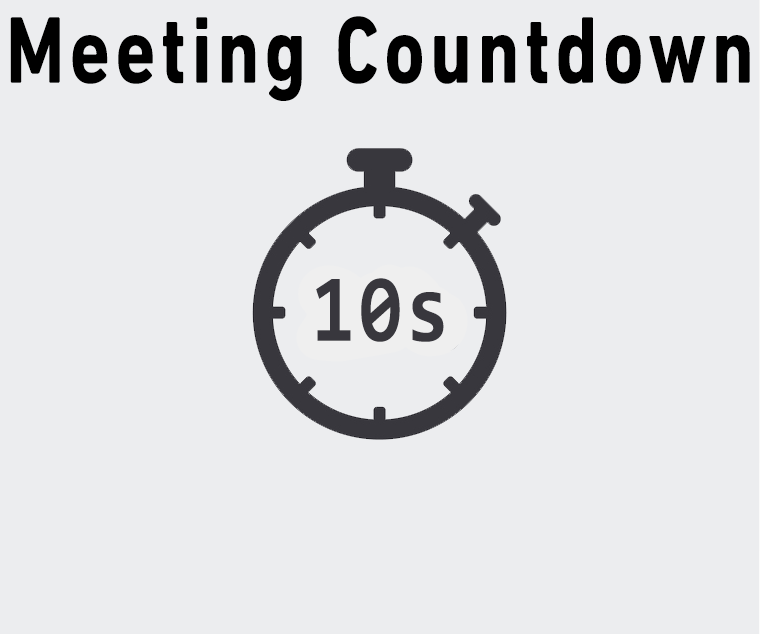How to NOT conduct an office meeting
The meeting goes ahead even with staff missing. A slow shuffle to the boardroom, the group gathers together to discuss the weekly period review. The muddy powerpoint template laid upon a backwash of Times New Roman font and monotone delivery drains the room of all energy. Yawns, unapologetic false coughs and frequent start/stop toilet breaks unfold as what could be summed up in 5 minutes encompasses the hour. No notes taken, nothing remembered.
How many meetings are too many meetings?
Do you feel your office workers are losing their productivity?
The results of a survey on 4000 businesses found 28% of UK workers feel meetings are the biggest waste of time at work.
Though, for business owners, meetings can be a valuable tool to bring new members up to speed, run new ideas and generally get everyone on the same page.
Now, how can you inspire your workers and make the most of your meetings in the shortest amount of time?
Shorten your office meetings
The most significant step to improving productivity during a meeting a meeting is running it short, brief and in context. You are effectively negating your employees the ability to work, so is this meeting worth the time spent away?
There are various ways to conduct meetings which are short and memorable.
One software provider runs employee meetings at 8:48 in the morning, while a vacation provider sets a stopwatch at the beginning, so if the meeting goes any longer the person who organised it pays into a money jar.
Open up a conversation with your workers and trial a few ideas. Though, some meetings are essential.

Business meetings essential for small business owners
Three essential meetings to have:
1-2-1s – great for employee development and ironing out any current issues in the workplace.
Strategy Meetings – Not set on a schedule, if a new development has come up then get yourself and the rest of the team to research beforehand. Having some talking points will maximise your time and efforts.
Quarterly review – Plan the agenda first and minimise time wasting.
For example, you can focus on these three areas:
- What happened in the quarter (challenges, improvements, goals)
- The quarterly metrics (revenue, expenses, subscribes)
- What to focus on for the next quarter
Maximising your managerial time
Now that you have so much free time from the countless hours saved from meeting fatigue, what’s next?
Take some time out and pay attention to the fundamentals of your office building.
Have you taken into account the last time your fire safety testing occurred?
Is your computer wires appearing a bit frayed at the edges?
Or, you need to place some tender loving care back into the office washroom.
Whichever you choose, our office hub has the answers for you.
Back

